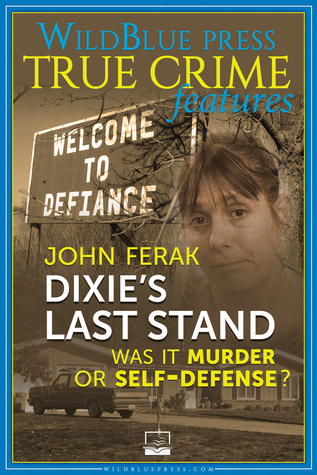
Furious Hours: Murder, Fraud, and the Last Trial of Harper Lee
Book Description
In a small Alabama town, a sensational murder case becomes the backdrop for the legendary Harper Lee’s final courtroom drama. As secrets unravel and a chilling web of deceit pulls at the heart of a community, Lee steps away from her famed literary world to uncover the truth behind a twisted tale of greed and violence. With each testimony, the stakes heighten, revealing the fragility of justice and the complexity of human nature. As the trial unfolds, one question looms: can the truth ever be told, or will it remain buried beneath layers of betrayal?
Quick Book Summary
"Furious Hours" by Casey Cep braids together true crime, biography, and literary history to unravel a complex narrative set in rural Alabama. At the core lies preacher Willie Maxwell, accused of killing multiple family members for insurance payouts, and the notorious courtroom drama that followed when he himself was murdered. The book draws in Harper Lee—celebrated author of "To Kill a Mockingbird"—who immersed herself in the case, aiming to write a true crime masterpiece. Cep meticulously explores the intertwining stories of Maxwell, his killer, defense attorney Tom Radney, and Harper Lee, delving into themes of justice, race, small-town secrets, and the burden of storytelling. The result is a richly layered exploration of morality and the elusive nature of truth, as Lee confronts both the darkness of the crime and her own creative demons.
Summary of Key Ideas
Table of Contents
Law, Justice, and the Limits of the Legal System
Furious Hours centers on the notorious case of Reverend Willie Maxwell, an Alabama preacher thought to have murdered multiple family members to collect life insurance payouts. Though repeatedly investigated, Maxwell escaped conviction through gaps in the justice system, the complicity of insurers, and a tangle of rural secrecy and suspicion. His reign of terror ended only when he was shot and killed at the funeral of one of his alleged victims, exposing the limitations of traditional justice in the face of systemic failure and deep-rooted mistrust within the community.
Rural Community Secrets and Small-Town Dynamics
The courtroom drama that followed was, itself, extraordinary: Robert Burns, the man who killed Maxwell, stood trial for murder and was defended by Tom Radney, the same attorney who had represented Maxwell. The trial became a public spectacle, exposing the convoluted morality of vigilantism versus legal justice and the complicated interplay of race, power, and reputation in the Deep South’s judicial system.
The Complex Legacy of Harper Lee
Harper Lee, seeking a new literary direction after her success with To Kill a Mockingbird, became captivated by the trial. She moved to Alabama and began extensive research, intending to write her own true crime book—a southern In Cold Blood. Yet, as Cep shows, Lee struggled with the ethical complexities of telling someone else’s story, the creative insecurities she experienced after fame, and the unique pressures of being a woman writer in mid-century America.
Truth, Storytelling, and the Ethics of Writing True Crime
Cep’s narrative interweaves biography with true crime, exploring both Harper Lee’s literary legacy and the ethical dilemmas inherent in reporting real crimes. The book analyzes the responsibilities of a writer who shapes the public’s view of justice and morality and scrutinizes the ways stories are told, shaped, and sometimes left unfinished. Harper Lee’s work on the Maxwell book ultimately never materialized, reflecting the ambiguity and unresolved truths surrounding the case.
Race, Power, and Morality in the American South
Through its examination of law, storytelling, and Southern culture, Furious Hours probes the boundaries between fact and interpretation, justice and retribution, and truth and myth. Cep’s account becomes a meditation not just on a remarkable crime, but on the limits and possibilities of narrative, the fragility of communities, and our ongoing struggle to confront darkness—with words and with justice.
Download This Summary
Get a free PDF of this summary instantly — no email required.





